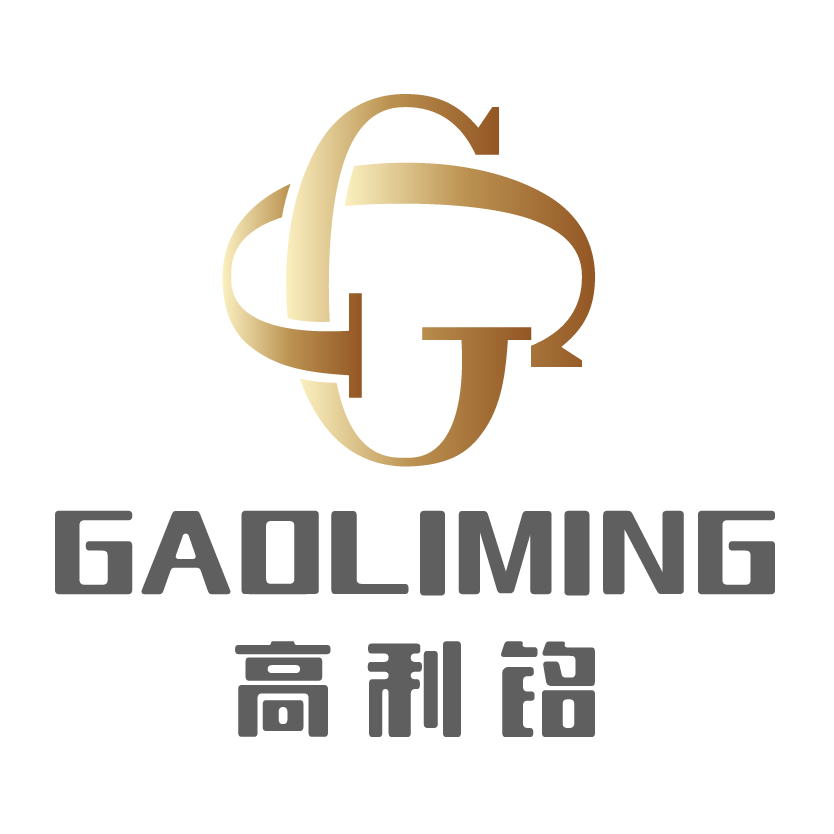Medical Device & Equitment
Application of Die Casting for Manufacturing Medical Device Parts
The die casting process is well-suited for producing a wide range of tools and devices, particularly medical devices that require high levels of cleanliness, precision, and durability. Despite being mass-produced, each product must meet stringent quality standards. Die casting creates a clean surface and high corrosion resistance, ensuring that medical devices function effectively both inside and outside the body. This process ensures long-term reliability, making medical devices safe for extended use. With input from numerous R&D and design engineers, it is clear that die casting is crucial in meeting market demand and providing benefits to practitioners, patients, and service technicians. As the medical manufacturing industry is highly profitable, mastering the ideal method of mass production is essential.
Here are some advantages of the die casting process.
Strong and light weight
Perhaps the greatest advantage of die casting is that the parts are seamlessly formed in one piece, unlike welded or fastened parts. Die castings are much stronger, and their strength depends on the type of material used rather than the design itself.
At the same time, die castings are relatively lightweight compared to other devices and can even be calendered to ultra-thin dimensions while maintaining ultra-high strength. This means that the outer wall can be made extremely thin and controllable to better fit into tight spaces or cast into specific shapes and designs.
At the same time, die castings are relatively lightweight compared to other devices and can even be calendered to ultra-thin dimensions while maintaining ultra-high strength. This means that the outer wall can be made extremely thin and controllable to better fit into tight spaces or cast into specific shapes and designs.
Rapid mass production
The die casting process requires minimal post-processing and enables fast and efficient mass production. Thousands of die castings can be produced reliably and consistently without additional processes or tools. Die castings are also suitable for automated processing and production.
Other similar solutions, such as plastic injection molding, thread machining, or sand casting, are significantly slower to produce. These processes not only take longer to complete but also require additional processing before the product can be finalized.
For instance, sand castings require complex post-processing, especially edge grinding and dimensional finishing. Ultimately, die-cast medical devices enable people to produce more tools and supplies faster while maintaining superior quality, durability, and reliability.
Other similar solutions, such as plastic injection molding, thread machining, or sand casting, are significantly slower to produce. These processes not only take longer to complete but also require additional processing before the product can be finalized.
For instance, sand castings require complex post-processing, especially edge grinding and dimensional finishing. Ultimately, die-cast medical devices enable people to produce more tools and supplies faster while maintaining superior quality, durability, and reliability.
Precise dimensions
Whether it's a large machine, like an X-ray machine, or a tool such as a scalpel or forceps, every edge, corner, and position must be precise, smooth, and flawless. To ensure patient safety, pacemakers and patient monitoring systems have no room for error. Additionally, many medical devices and tools require adherence to tight dimensional tolerances and precise measurements that are difficult to achieve with other manufacturing and finishing techniques.
Die casting fulfills the requirements for durability and strength in medical devices, while maintaining the ultra-high precision of the design, even for complex shapes or configurations. Plastic injection molding or traditional forging techniques are unable to match this level of precision. Therefore, in addition to benefiting from precision and reliability, you will receive support from a team with extensive experience in this field.
Die casting fulfills the requirements for durability and strength in medical devices, while maintaining the ultra-high precision of the design, even for complex shapes or configurations. Plastic injection molding or traditional forging techniques are unable to match this level of precision. Therefore, in addition to benefiting from precision and reliability, you will receive support from a team with extensive experience in this field.
Ultra-high endurance
Smaller tools require heat treatment and cleaning to eliminate potential contaminants and sanitize surfaces. Larger equipment also requires frequent cleaning, sometimes with harsh chemicals. This places high demands on the heat resistance, chemical resistance, and durability of all equipment. For instance, scalpels must retain their shape and sharpness even after hundreds of hours of use.
Die-cast medical devices and components ensure that the objects in question are used and exposed for long periods of time. Even under extreme conditions, these instruments do not break, deform, or deteriorate. Additionally, temporary maintenance can be performed without altering the instrument's composition, such as sharpening the blade.
Die-cast medical devices and components ensure that the objects in question are used and exposed for long periods of time. Even under extreme conditions, these instruments do not break, deform, or deteriorate. Additionally, temporary maintenance can be performed without altering the instrument's composition, such as sharpening the blade.
Customized Surface Finishes
Die-cast parts can be finished in a variety of textures and finishes. After treatment, they maintain a high degree of finish and are free of burrs, dents, and other surface imperfections. Additional processing is usually unnecessary.
Die castings can also be plated or trimmed to achieve the desired surface type and texture. This is especially crucial for small medical tools. We may need to apply this technique to instrument handles and other textured surfaces.
Not only are these goals attainable, but they are also cost-effective and have no negative impact on the device's performance. The durability and precision required for medical devices are not compromised.
Die castings can also be plated or trimmed to achieve the desired surface type and texture. This is especially crucial for small medical tools. We may need to apply this technique to instrument handles and other textured surfaces.
Not only are these goals attainable, but they are also cost-effective and have no negative impact on the device's performance. The durability and precision required for medical devices are not compromised.
Production Costs
Die-cast medical devices are cost-effective, even at scale. High-volume production requires mass production of the same object at a relatively low cost, with high precision and minimal waste. Die casting ensures product consistency better than other manufacturing and machining processes.
Additionally, die casting reduces waste by eliminating the need for post-processing of instruments and parts. Several die casting processes are available, including aluminum die casting and investment casting using a three-dimensional wax mold to make parts from molten metal. Regardless of the chosen process, the advantages are equal, and waste generation is minimal.
Additionally, die casting reduces waste by eliminating the need for post-processing of instruments and parts. Several die casting processes are available, including aluminum die casting and investment casting using a three-dimensional wax mold to make parts from molten metal. Regardless of the chosen process, the advantages are equal, and waste generation is minimal.
Compliance is essential
While enjoying the benefits of die casting medical devices, we still need to comply with industry standards and regulatory criteria, such as ISO 9000 and ISO 13485 certification. Whether you work with a manufacturer or are a manufacturer yourself, you should work within the regulatory framework.
Even after a medical device is developed, it must be analyzed and rated by the FDA or other similar national authorities.
While product quality and precision are important, they also need to be checked by an appropriate and reliable review process. This protects both the companies involved and the patients and healthcare professionals who are most frequently in contact with the devices. We have many years of experience in foreign trade, complete certificates and assured production.
Even after a medical device is developed, it must be analyzed and rated by the FDA or other similar national authorities.
While product quality and precision are important, they also need to be checked by an appropriate and reliable review process. This protects both the companies involved and the patients and healthcare professionals who are most frequently in contact with the devices. We have many years of experience in foreign trade, complete certificates and assured production.
By providing your contact information, we will reach out to you promptly. We would be happy to provide you with a detailed introduction to the production details related to aluminum alloy and zinc alloy die casting and answer any production-related questions you may have.
 在线客服
在线客服

